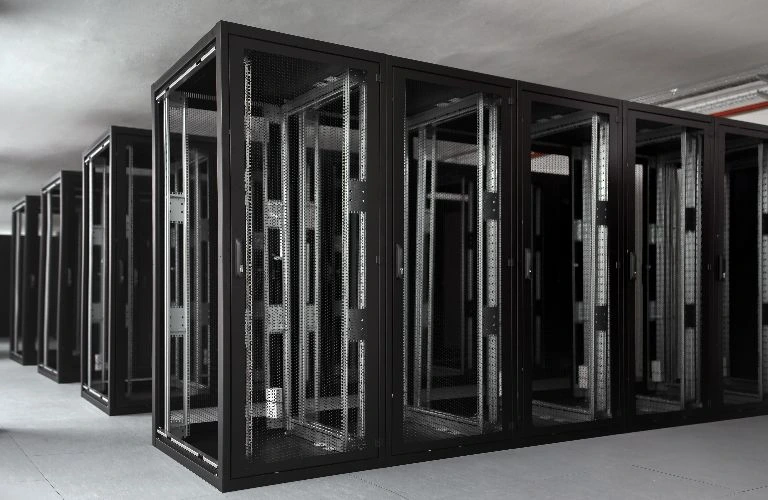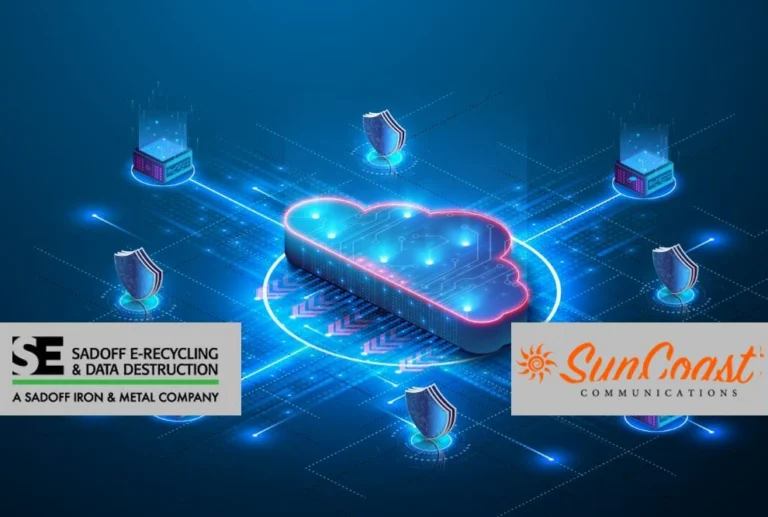Biggest Mistakes in Data Center Migration
A data center migration is a high-stakes, high-stress project. The excitement of moving to a new, state-of-the-art facility or a hybrid cloud environment is often completely overshadowed by what could go wrong. A single oversight can lead to catastrophic downtime or multi-million dollar budget overruns
As specialists who have managed complex decommissioning projects for years, we’ve seen where the house of cards collapses. The biggest mistakes are rarely technical. They’re strategic. They happen because the focus is entirely on the migration and not nearly enough on the decommissioning.
Here are the top mistakes we see—and how to avoid them.
Mistake 1: Treating Decommissioning as an Afterthought
This is the original sin of migration planning. The entire team is laser-focused on the destination: provisioning the cloud environment, standing up the new racks, and planning the data swing. The old data center is treated as a “Phase 2” problem, or worse, “something we’ll deal with after we go-live.”
The Strategic Failure (CIO View):

This is how a migration project goes off the rails. You planned the new budget to the penny, but you forgot to budget for the old equipment. Now your lease is ending, you are not out of the building, and you are paying massive holdover penalties for an empty room. You also made a second, more costly mistake: you missed the chance to recover the six-figure value from that hardware, which could have funded the entire migration.
The Tactical Failure (PM View):
Your migration team and your decommissioning team (if one even exists) are not in sync. You have a “go-live” date but no “move-out” date. The process is chaotic, and you’re trying to move old hardware out while the new environment is still stabilizing.
The Cloud Repatriation Trend and Your Hardware Strategy
Mistake 2: Ignoring the “Chain of Custody” Armor
In a rush to clear the space, you hire a general logistics company or a standard scrap hauler to “just get the old stuff out.” This is where your career flashes before your eyes.
The Strategic Failure (CIO View):
A server “goes missing.” It wasn’t just a server; it was a box containing the unencrypted personal data of 50,000 customers. You are now legally liable for a multi-million dollar data breach, all because you tried to save a few hundred dollars on a certified logistics partner.
The Tactical Failure (PM View):
You have no serialized inventory. You can’t prove what left the building, who has it, or where it is. There’s no auditable trail. A partner like SunCoast creates a bulletproof chain of custody, with serialized auditing from your rack to our secure facility, giving you the legal armor you need to prove compliance.
Mistake 3: The “Scrap It All” Fallacy
Your team is stressed and overworked. The path of least resistance is to label everything that’s not migrating as “scrap.” This is the equivalent of locking your wallet in a safe and then throwing the safe in a dumpster.
The Strategic Failure (CIO View):
You just threw away $300,000. Your three-year-old networking gear, storage arrays, and high-performance servers have immense value on the secondary market. By classifying it all as “scrap,” you’ve confused your end-of-use with its end-of-life, which are two very different things.
The Tactical Failure (PM View):
You don’t have the time or expertise to test and grade thousands of assets. SunCoast’s core value is our market expertise. We quickly identify the “gold” in that pile, remarket it through our global network, and turn your decommissioning project from a cost center into a revenue generator.
Mistake 4: Forgetting Data Lives Everywhere
You have a rock-solid plan to wipe your servers and your SAN. You’re covered, right? Wrong. You forgot about the configuration data on your routers, the logs on your firewalls, and the sensitive info cached in your network switches.
The Strategic Failure (CIO View):
You just handed a hacker a complete roadmap of your corporate network architecture. This data is a blueprint for how to attack your new environment.
The Tactical Failure (PM View):
Your data sanitization plan was incomplete. SunCoast’s plan is holistic. We ensure every data-bearing device—from the most obvious server to the most overlooked switch—is sanitized to NIST 800-88 standards.
Mistake 5: Using Five Vendors When You Need One Partner
You hired a logistics company to move the racks, a data destruction firm to wipe the drives, an e-waste hauler for the junk, and you’re trying to sell the good stuff yourself on eBay.
The Strategic Failure (CIO View):
Your project is a chaotic, finger-pointing mess. The logistics vendor blames the data vendor, the scrap hauler damages the floor, and no one is accountable.
The Tactical Failure (PM View):
You’ve become a full-time vendor manager instead of a project manager. A single, expert partner like SunCoast manages all of it. We are the de-installation crew, the data security experts, the global remarketer, and—through our seamless partnership with Sadoff E-Recycling—the certified recycler. One call, one chain of custody, one partner responsible for success.
Decom ROI: Maximize Value from Old Data Center Gear
Don’t Let Your Next Project Become a Case Study in Failure
A data center migration is complex enough. Don’t let the decommissioning be the part that fails.
Contact SunCoast Communications. We are not just a vendor; we are the expert partner that protects your data, maximizes your value, and guarantees a smooth exit.






